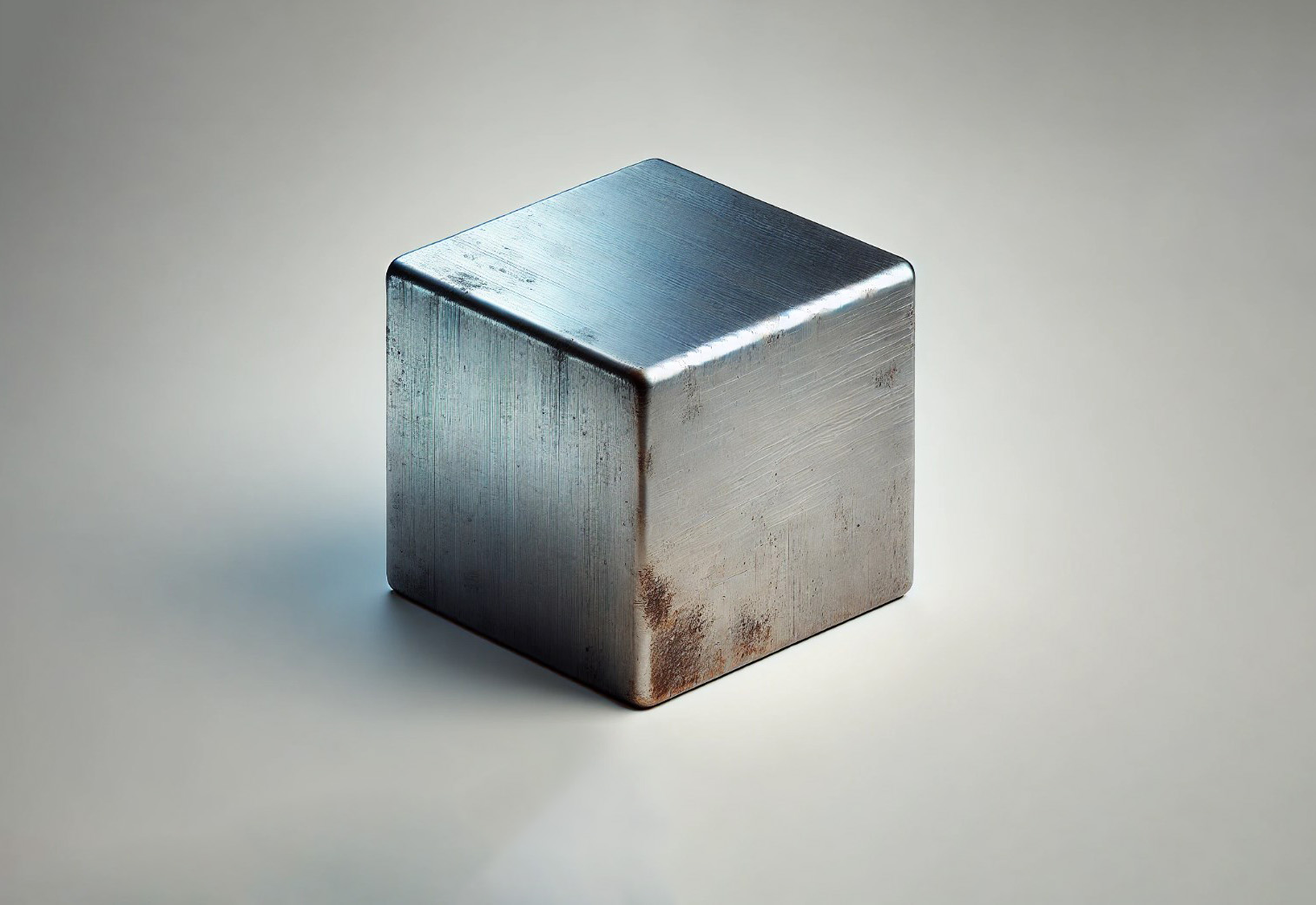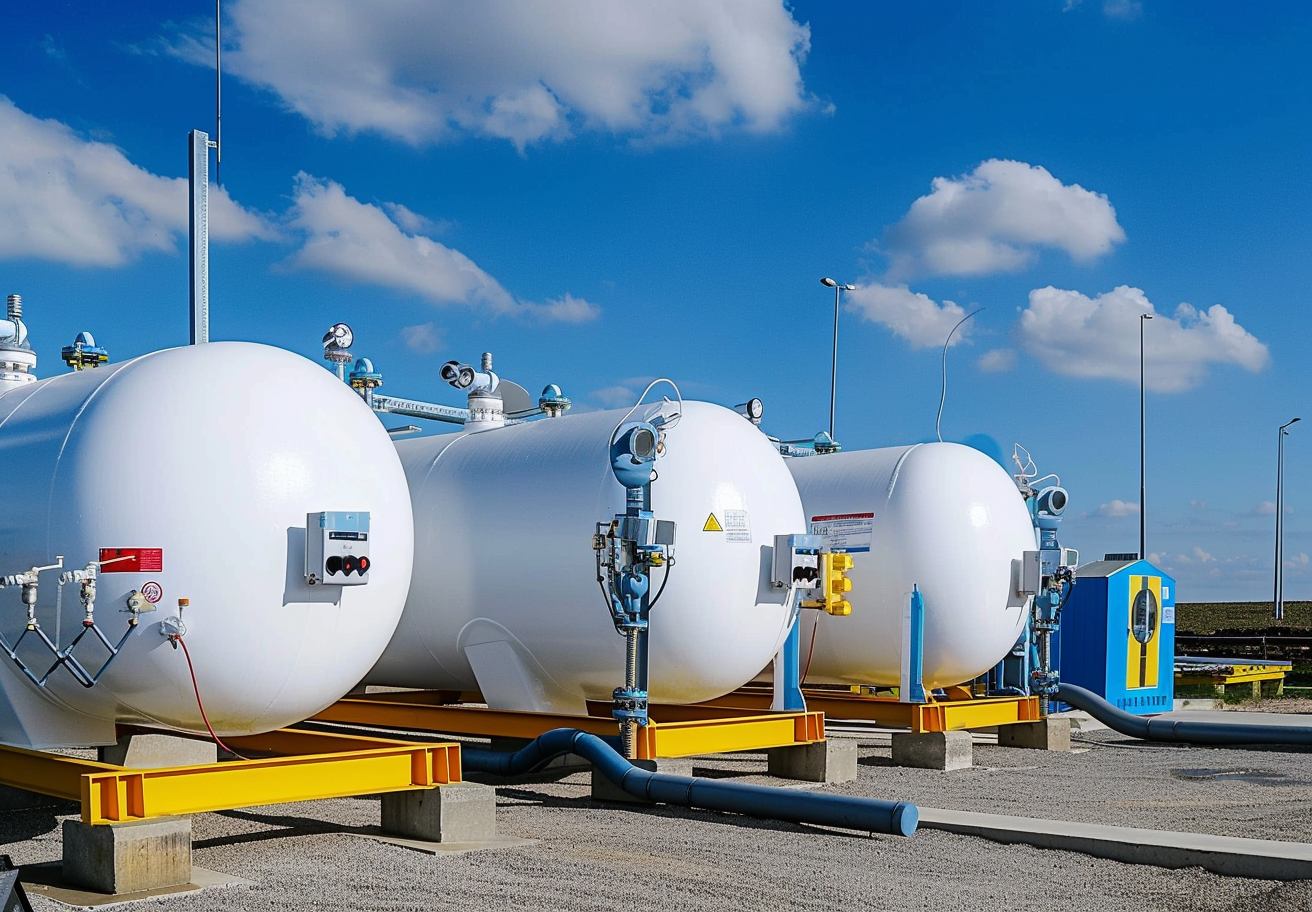Rare earth metals are crucial in various high-tech industries, but they have a significant drawback—they are easily oxidized. Exposure to air can quickly degrade these metals, affecting their performance and longevity. To prevent this, effective preservation methods are essential. This article explores several methods for preserving easily oxidizable rare earth metals, including vacuum sealing, oil sealing, inert gas protection, and surface polishing. Each method comes with its own advantages and disadvantages, which will be discussed in detail.
Vacuum Sealing
Vacuum sealing is a method where air is removed from the storage container to create a low-pressure environment around the metal. By eliminating oxygen, the primary agent of oxidation, vacuum sealing helps protect the metal from reacting with the air.
Pros:
- Effective Oxidation Prevention: Without oxygen, the metal is much less likely to oxidize. This makes vacuum sealing one of the most reliable preservation methods available.
- Long-Term Storage: Vacuum sealing is ideal for long-term preservation, particularly for rare earth metals that are not frequently used. It ensures that the metals remain in their pure state until needed.
- Clean Preservation: Unlike oil sealing, vacuum sealing does not involve any chemicals or oils. This method keeps the metal free from contaminants, making it suitable for applications where cleanliness is critical.
Cons:
- High Equipment Cost: Setting up a vacuum sealing system can be expensive. The equipment required to create and maintain a vacuum environment is costly and requires regular maintenance.
- Risk of Seal Failure: If the seal on the vacuum container fails, air can enter, leading to rapid oxidation of the metal. This risk makes it essential to regularly check the integrity of the seals.
- Limited Accessibility: Accessing the metal requires breaking the vacuum seal, which can be time-consuming. This makes vacuum sealing less convenient for metals that need to be frequently accessed.
Oil Sealing
Oil sealing involves submerging the metal in a protective layer of oil. The oil acts as a barrier, preventing air and moisture from coming into contact with the metal surface. This method is commonly used for metals that are particularly reactive with oxygen.
Pros:
- Cost-Effective: Oil sealing is generally less expensive than vacuum sealing. It does not require complex equipment, making it accessible for a wide range of applications.
- Simple Application: The process of oil sealing is straightforward to implement. It does not require advanced technical skills, which makes it a popular choice for short-term preservation.
- Good Short-Term Protection: Oil sealing is effective for short-term storage and transportation. It provides immediate protection against oxidation, making it suitable for metals that will be used or processed in the near future.
Cons:
- Messy Handling: Metals preserved in oil can be greasy and difficult to handle. Before the metal can be used, it must be thoroughly cleaned, which adds an extra step to the process.
- Potential for Contamination: The oil used in sealing can sometimes introduce contaminants to the metal. This is a concern in applications where the purity of the metal is critical.
- Limited Longevity: Over time, the oil can degrade, losing its effectiveness as a protective barrier. This makes oil sealing less suitable for long-term storage, especially in environments where the oil may break down more quickly.
Inert Gas Protection
Inert gas protection involves storing the metal in an environment filled with an inert gas like Argon. Inert gases do not react with the metal, which helps to prevent oxidation by displacing oxygen and moisture from the storage area.
Pros:
- Highly Effective: Inert gases, being non-reactive, provide excellent protection against oxidation. This makes inert gas protection one of the most reliable methods for preserving rare earth metals.
- Versatile Application: This method is flexible and can be used for both long-term storage and during processing or transportation. It is particularly useful in environments where constant protection is needed.
- Residue-Free: Unlike oil sealing, inert gas protection leaves no residue on the metal surface. This makes it ideal for applications where the metal needs to remain clean and free from contaminants.
Cons:
- High Costs: Maintaining an inert gas environment can be expensive. The cost of the gas itself, along with the equipment needed to create and maintain the environment, can add up, especially over extended periods.
- Specialized Equipment Needed: Setting up an inert gas storage system requires specific equipment to ensure a consistent flow and containment of the gas. This equipment needs to be properly maintained to avoid leaks.
- Risk of Gas Leakage: If the containment system is compromised, inert gas can escape, allowing oxygen to enter. This would expose the metal to the risk of oxidation, undoing the protective benefits of the gas.
Surface Polishing
Surface polishing involves mechanically removing the outer oxidized layer of the metal to expose a fresh surface underneath. This method is often used before applying other preservation techniques to ensure the metal is clean and ready for storage.
Pros:
- Improves Aesthetic Appearance: Polishing enhances the appearance of the metal by giving it a smooth, shiny finish. This can be important for metals that are used in visible applications where appearance matters.
- Removes Surface Contaminants: Polishing not only removes oxidation but also eliminates other surface contaminants. This prepares the metal for further processing or for the application of protective coatings.
- Prepares for Additional Protection: Surface polishing is often the first step in a multi-layered preservation strategy. After polishing, the metal can be vacuum sealed, oil sealed, or stored in an inert gas environment for added protection.
Cons:
- Temporary Protection: Polishing by itself does not prevent future oxidation. Once the metal is polished, it must be immediately preserved using another method to protect the fresh surface.
- Material Loss: Each time the metal is polished, a small amount of material is removed. Over time, repeated polishing can lead to a significant loss of material, which may be a concern for rare or expensive metals.
- Labor-Intensive: Polishing requires time and effort, whether done manually or with specialized equipment. This adds to the overall cost and complexity of the preservation process.
Summary Table of Preservation Methods
| Preservation Method |
Pros |
Cons |
| Vacuum Sealing |
- Prevents oxidation effectively
- Suitable for long-term storage
- No chemical residues |
- High equipment cost
- Risk of seal failure
- Limited accessibility |
| Oil Sealing |
- Cost-effective
- Simple to apply
- Good for short-term use |
- Messy handling
- Potential contamination
- Limited long-term protection |
| Inert Gas Protection |
- Highly effective
- Versatile
- Leaves no residue |
- High cost
- Requires specialized equipment
- Risk of gas leakage |
| Surface Polishing |
- Enhances appearance
- Removes contaminants
- Prepares metal for further protection |
- Only temporary protection
- Causes material loss
- Labor-intensive |
Conclusion
Preserving easily oxidizable rare earth metals is essential to maintaining their quality and extending their usability. Each preservation method—vacuum sealing, oil sealing, inert gas protection, and surface polishing—comes with its own set of advantages and challenges. The best choice depends on your specific needs, including storage duration, cost considerations, and ease of access. Often, a combination of these methods can offer the most comprehensive protection.
At Stanford Materials Corporation (SMC), we understand the importance of selecting the right preservation strategy for your rare earth metals. Our team of experts is ready to help you determine the most effective method for your specific requirements. If you’re still unsure about which preservation method is best for your application, please don’t hesitate to contact us for expert guidance.


 Inquiry List
Inquiry List

